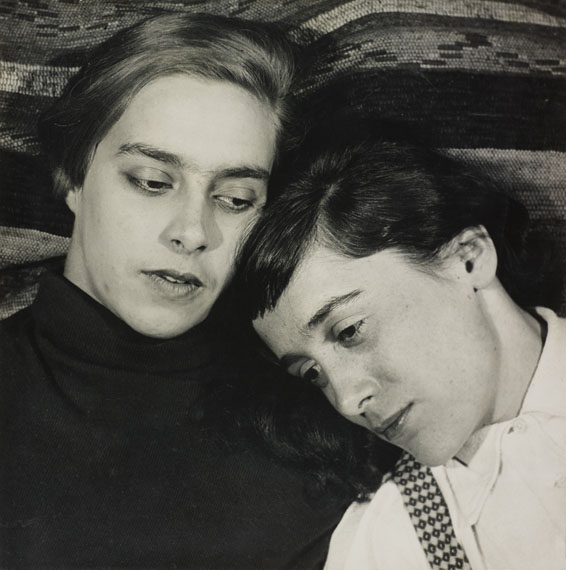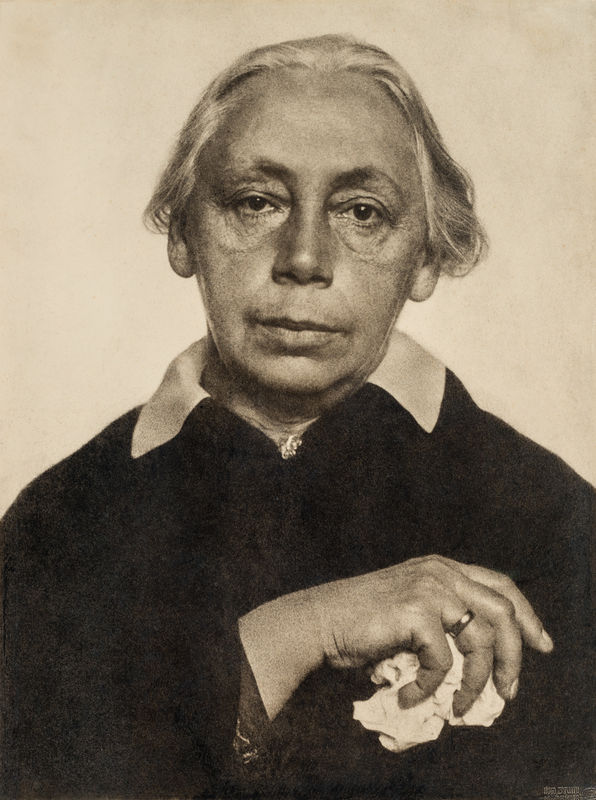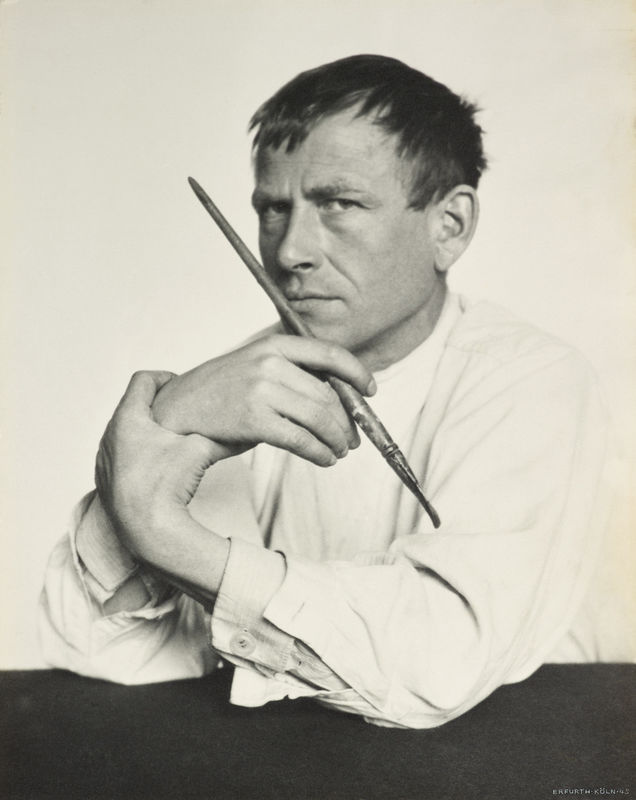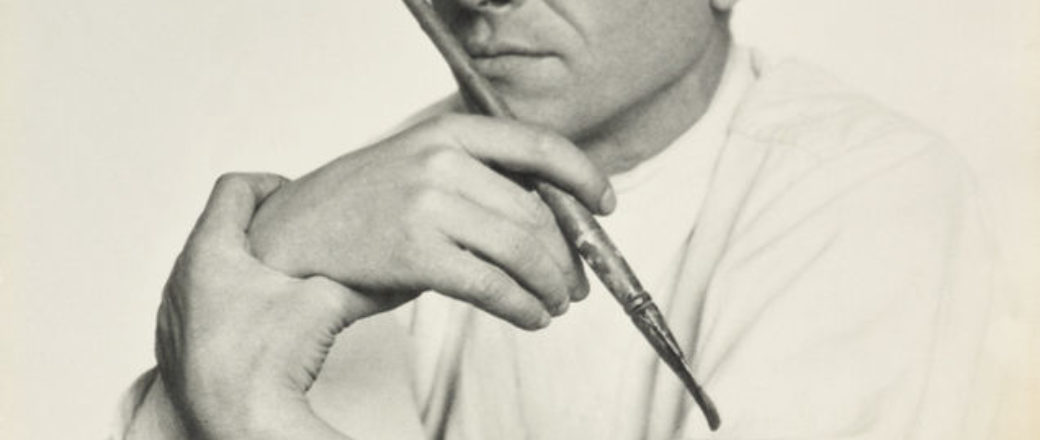Most of the portraits that survive from the studio of Hugo Erfurth (1874–1948) hark back in style to the era of art photography. This artistically motivated photographic approach, also known as Pictorialism, flourished at the end of the 19th century until around 1914. The photographers aimed to create exquisitely designed compositions, which were further refined using special manual and technical interventions. High-quality and extremely elaborate printing processes were used, allowing the photographer to apply painterly touches. Borrowing from painting in this way helped give the photographs a more exalted appearance, an impression further enhanced by printing them as large pictures to hang on the wall. The expressive motifs given such lofty treatment were imbued with symbolism and emotion – sometimes verging on the melodramatic. Prominent figures in society were honored with fine photographic prints, or such pictures would be commissioned for special occasions. With the advent of new technical possibilities for the medium in the 1920s and a return to pure documentary photography, the techniques of Pictorialism declined in popularity.
Regardless of the latest trends, however, Hugo Erfurth persisted in producing most of his motifs as art prints. He was particularly adept at the oil printing process, and his studio turned out some truly exquisite pieces. After initially focusing on genre photography and landscape, Erfurth increasingly specialized in portraits, at first primarily of family members. After acquiring and moving into the palace of Count Lüttichau in the center of Dresden in 1906, Erfurth’s studio developed into a prestigious focal point of the city’s cultural life. His portrait clients included nobles and members of bourgeois society and the military, as well as artists. The present exhibition includes engaging portraits of Max Beckmann, Otto Dix, Käthe Kollwitz, and Richard Riemerschmid. Interestingly enough, some of these figures also posed for August Sander – resulting in likenesses of a very different kind. While Sander had also produced work indebted to the ideas of art photography, after the First World War he increasingly turned away from that style in his independent artistic work. Only relatively few, but nonetheless enlightening, examples of photographs by him in this mode survive today.
The exhibition devoted to Hugo Erfurth is a continuation of the cooperation launched in 2018 between the LVR-LandesMuseum Bonn and Die Photographische Sammlung/SK Stiftung Kultur, Cologne. The photographs on display come from the holdings of both institutions, supplemented by loans from the Deutsche Fotothek Dresden. A booklet with a text by Adelheid Komenda will be published for the show.
Hugo Erfurth
A Look at the Collection
7 September 2018 – 27 January 2019
Die Photographische Sammlung
Im Mediapark 7
50670 Köln
www.photographie-sk-kultur.de

Hugo Erfurth: Porträtstudie (zwei liegende Frauen), 1931, Gelatinesilberabzug © VG Bild-Kunst, Bonn, 2018; courtesy LVR Landesmuseum Bonn, Photo: Jürgen Vogel

Hugo Erfurth: Käthe Kollwitz, 1928, Ölpigmentdruck © VG Bild-Kunst, Bonn, 2018; courtesy Die Photographische Sammlung/SK Stiftung Kultur, Photo: Niklas Rausch

Hugo Erfurth: Max Beckmann, 1928 © VG Bild-Kunst, Bonn, 2018; courtesy Die Photographische Sammlung/SK Stiftung Kultur; Photo: Niklas Rausch

Hugo Erfurth: Otto Dix mit Pinsel, 1929, Ölpigmentdruck © VG Bild-Kunst, Bonn, 2018; courtesy LVR Landesmuseum Bonn, Photo: Jürgen Vogel






